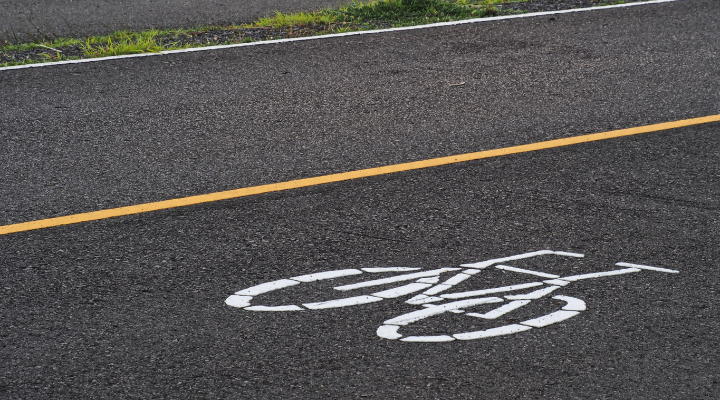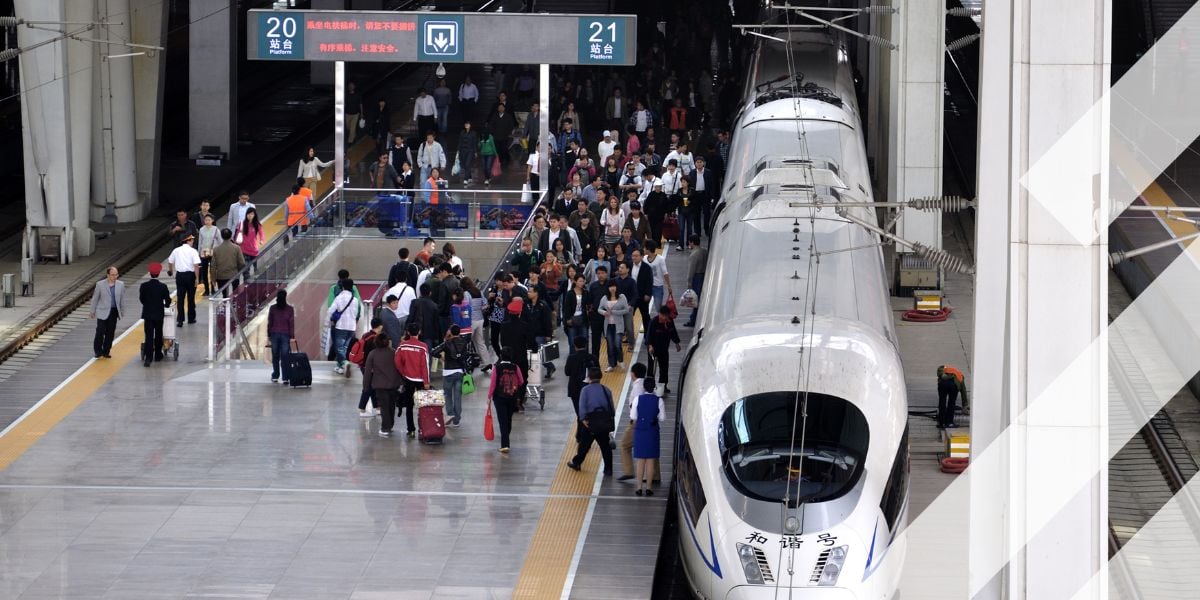Building safer roads: global strategies for reducing traffic accidents
THE NETHERLANDS
With the introduction of a new road safety strategy by the Dutch government, known as SPV 2030 (Road Safety Policy 2030), aimed at addressing the rise in traffic fatalities and injuries, a fresh approach was deemed necessary. This plan follows previous efforts (2008–2020), which had limited success and fell short of the targets for reducing fatalities. As traffic has increased—including more electric vehicles—and driving behaviours have evolved, an updated strategy was required."
The SPV 2030 is focused on the goal of “zero victims,” aiming to drastically reduce traffic injuries and deaths. It highlights the importance of collaboration, involving all levels of government, road safety organizations, and society as a whole to make roads safer. The approach is risk-based, targeting the most hazardous areas and behaviours to implement more effective measures.
The plan includes nine key areas of focus:
1. Infrastructure Safety: Ensuring roads, especially for cyclists, are safer and better designed.
2. Human Behaviour: Addressing risky driving habits such as speeding, distraction, and alcohol use.
3. Technology: Leveraging tech to make vehicles and roads smarter, like using adaptive cruise control or AI to prevent accidents.
4. Urban Planning: Making cities safer with smarter traffic management, safer bike lanes, and pedestrian-friendly streets.
5. Education: Teaching better road safety practices and raising awareness about risks, especially with new technology like electric vehicles.
In addition, the plan includes practical actions measures like improving municipal road safety, enhancing the safety of cycle paths, and ensuring that minor roads (N-roads) are safer. The Dutch government aims to involve local regions by offering tailored support for road safety initiatives, ensuring that high-risk areas receive focused attention.
Overall, the SPV 2030 plan is designed to tackle both immediate and long-term challenges, by combining innovative solutions, public engagement, and smarter infrastructure to enhance road safety for everyone. The ultimate goal is to reduce injuries and fatalities significantly, moving towards the ideal of “zero victims.”

SINGAPORE
Singapore roads are not only considered the safest in the region, they rank among the safest globally. Road safety management rules and regulations implemented in the country have resulted in significant strides in managing the effects of collision factors related to roadway design, human behaviour, and vehicle attributes. As a result, road safety statistics have shown that fatalities on the Singapore road network have been steadily declining over the past decade. This has prompted neighbouring countries to follow Singapore’s example and learn from its experience. On January 14, 2025, Senior Minister of State for Transport Dr. Amy Khor announced the locations of 10 new Friendly Streets sites across the island. These sites are located in residential areas with high pedestrian activity and close to key amenities such as markets, hawker centres, community clubs, schools, and MRT stations. The locations were finalised after consultation with stakeholders and residents.
The red-light camera system remains in place, with 240 cameras across the road network to prevent collisions at junctions. Singapore has expanded its network of speed cameras, including fixed, mobile, and average speed cameras. The decline in speeding violations indicates the effectiveness of these measures Singapore also adopts a comprehensive strategy for road safety, led by the Land Transport Authority (LTA) and Traffic Police (TP). This approach includes meticulous planning, regular safety audits, and strict enforcement of safety standards. New road projects require contractors to demonstrate adherence to safety requirements, with independent reviews ensuring hazards are mitigated. Annual road safety audits based on traffic data allow for targeted improvements.
The government has implemented infrastructure initiatives such as Silver Zones, School Zones, and Red-Amber-Green arrows, effectively reducing accidents. Driver behaviour is also prioritized, with stringent training, licensing, and enforcement against violations. Public education campaigns further promote safe road habits.
Singapore’s road safety measures have led to a significant decline in traffic fatalities, from 3.80 per 100,000 population in 2010 to 1.96 in 2021. While this trend is positive, ongoing monitoring and adjustments are prioritized, with agencies currently not requiring external safety audits like the International Road Assessment Programme.
THE USA
The 2025 Progress Report on the National Roadway Safety Strategy (NRSS) highlights a significant reduction in roadway fatalities in the United States, marking 10 consecutive quarters of decline. This achievement stems from a cohesive, multi-stakeholder approach led by the U.S. Department of Transportation (USDOT). Launched in 2022, the NRSS integrates the Safe System Approach, emphasizing safer people, roads, vehicles, speeds, and post-crash care to address the persistent safety crisis on U.S. roads.
By 2024, USDOT had completed 85% of the 47 NRSS actions, underscoring progress in critical areas:
1. Funding for Safer Streets: The Safe Streets and Roads for All (SS4A) programme allocated $1.2 billion to local and tribal governments, benefiting over 1,600 communities.
2. Combatting Distracted Driving: A rebranded awareness campaign, “Put the Phone Away or Pay,” launched alongside the convening of stakeholders to address emerging distracted driving challenges.
3. Technological Advances: Deployment of automatic emergency braking (AEB) technology became mandatory, with standards designed to enhance pedestrian safety. The Vehicle-to-Everything (V2X) Deployment Plan outlined steps to integrate connectivity into traffic systems, aiming to minimize crashes.
4. Targeted Enforcement: High-visibility campaigns such as “Speeding Catches Up with You” addressed risky driving behaviours, supported by enforcement in high-crash corridors.
5. Enhanced Post-Crash Care: USDOT emphasized post-crash survival through better data interoperability and prehospital care, including the use of new technologies like unmanned aerial systems for safer crash scenes.
.png)
Fostering Partnerships and Equity
With 196 NRSS Allies in Action, including state agencies, nonprofits, and private organizations, the USDOT has significantly expanded its collaborative network. The focus has been on vulnerable populations, such as Black, American Indian, and rural communities, who face disproportionate safety risks. To address these challenges, innovative approaches, including AI-driven analytics to predict crashes, have been introduced.
The USDOT aims to further integrate the Safe System Approach into institutional practices, with key priorities that include sustained investment, local and state engagement, strengthening safety culture, and fostering innovation. The Bipartisan Infrastructure Law provides billions to fund life-saving projects, ensuring long-term investment in road safety. Evidence-based solutions, like proven safety countermeasures, will be promoted across jurisdictions to create safer roads nationwide. Furthermore, initiatives that prioritize public awareness are being implemented to build a collective commitment to safety. Finally, advanced technologies like ARPA-I are poised to redefine road safety standards, focusing on cost-effective and resilient designs that can stand the test of time.
Share your story
Do you have an innovation, research results or an other interesting topic you would like to share with the professionals in the infrastructure, traffic management, safety, smart mobility and parking industry? The Intertraffic website and social media channels are a great platform to showcase your stories!
Please contact our Sr Brand Marketing Manager Carola Jansen-Young.
Are you an Intertraffic exhibitor?
Make sure you add your latest press releases to your Company Profile in the Exhibitor Portal for free exposure.





